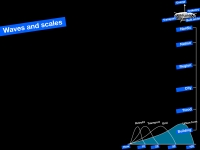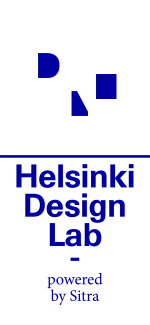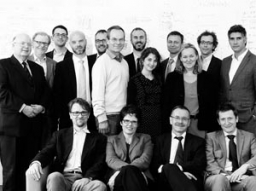The Studio identified three main avenues to carbon neutrality in the built environment: reducing demand for carbon-intensive energy and behaviours, emphasizing the role of renewable energy sources, and making use of forests as a carbon sink. Here the goal was to pursue carbon neutrality under a holistic definition of sustainability. For instance, although nuclear power is currently a popular low-carbon choice, it continues to act as a counter-productive crutch to industry, prohibiting significant innovation in sustainable energy production and new market sectors.
Finland is one of the few countries featuring a strong central government with the ability to efficiently deliver welfare and quality of life. One of the main questions is how this can be taken advantage of in the quest to maintain current standards of living while reigning in carbon emissions.
To advance the conversation, the studio identified three meta-themes which specify the qualities that are necessary for any responses to the current carbon challenge.
Diverse needs
Every person, building, and business has different needs, so blanket approaches to carbon neutrality may not be productive. A more robust understanding of one’s carbon tabulation is needed so that specific tradeoffs may be leveraged—even at an individual level.
Urgency
Like most of the world, Finland is already behind its carbon emission targets for 2050. Yet there is a missing sense of urgency. Current environmental knowledge suggests that even five years is a long time to wait for action, thus creating a palpable sense of urgency is key to unlocking the scale of impact needed. Many necessary actions have a long cycle of returns which means they need to be pursued now.
Opportunity

"Waves" in time and "scales" in space.
A stick-based “guilt” approach to sustainability is proving its limitations. New strategies need to take advantage of positive reinforcement. Market opportunities remain open for those willing to be first mover.
Based on these meta-themes the studio proposed a set of 10 “hunches” targeting a variety of scales in space, from local to national, and in time, from immediate results to 100 year return on investment.

